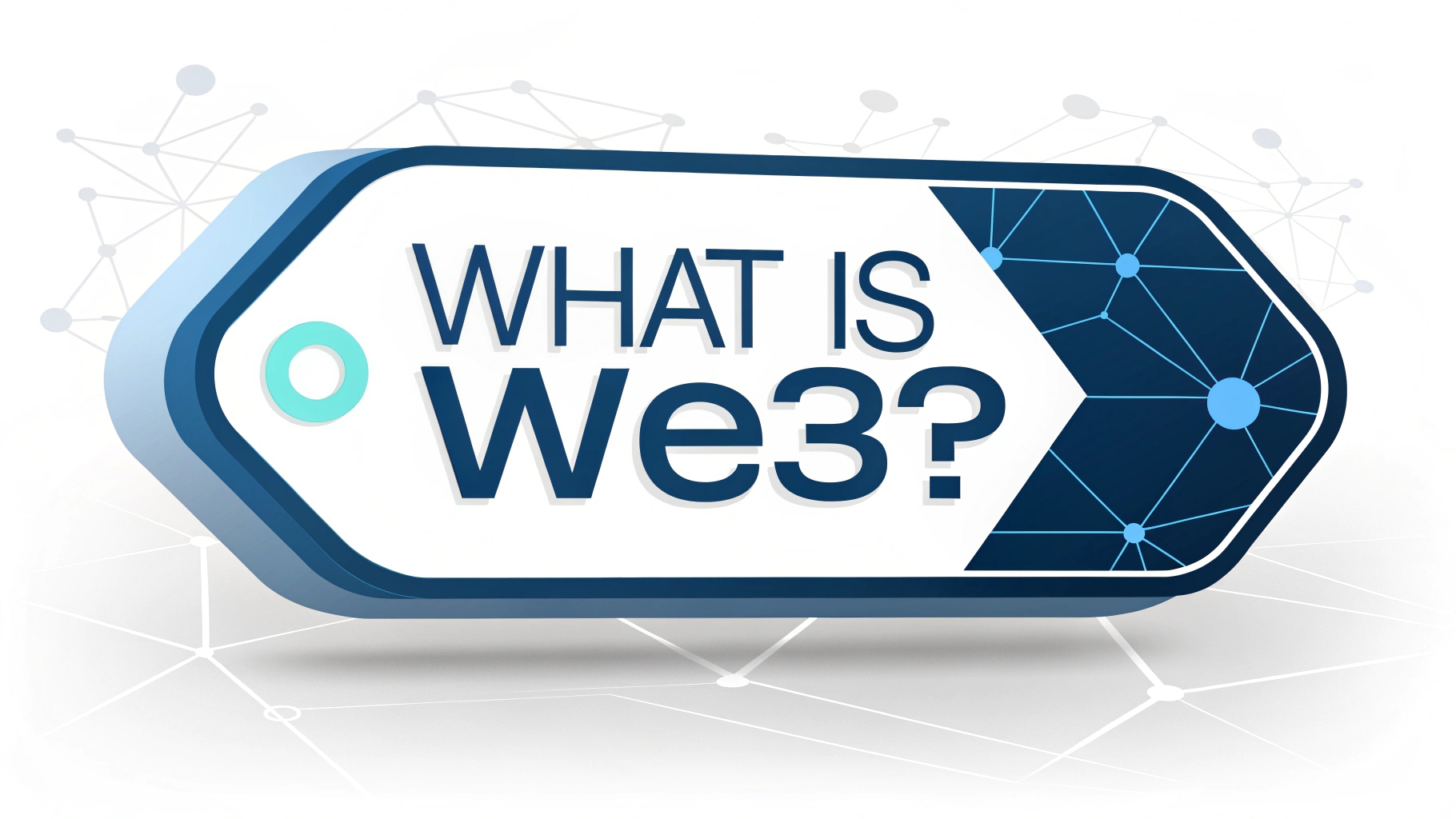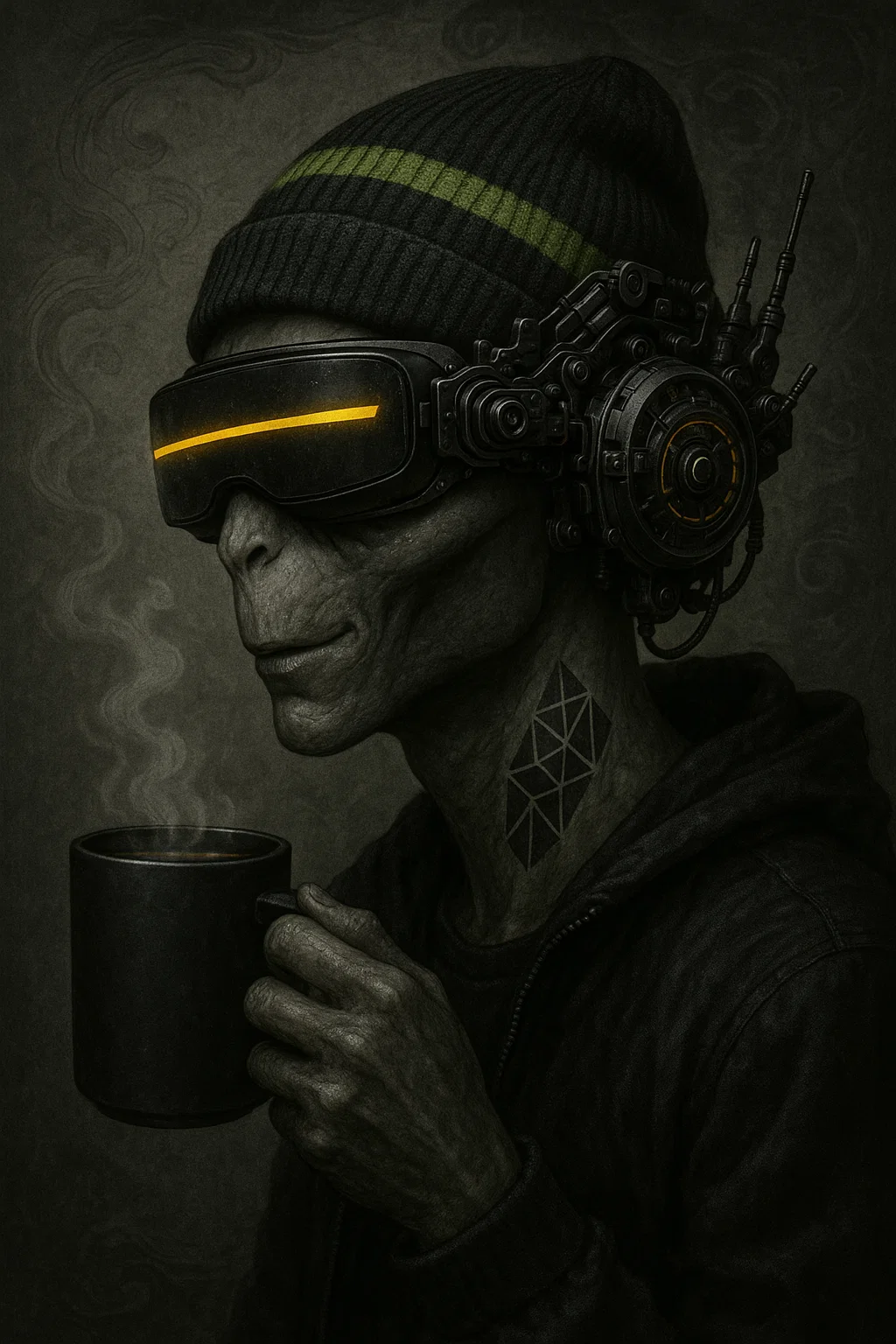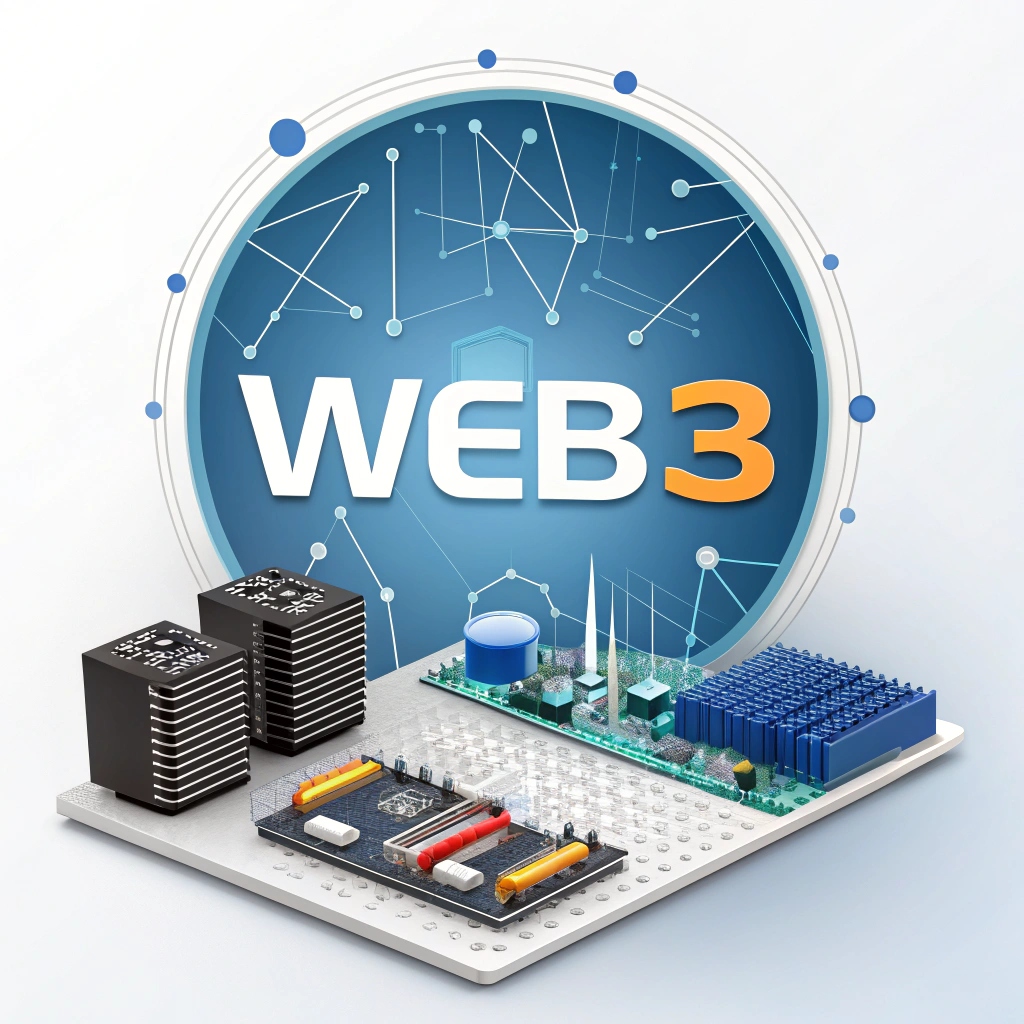Web3 represents the next evolution of the internet—a decentralized web where users have greater control over their data, privacy, and online interactions. Unlike the current centralized model dominated by major corporations, Web3 leverages blockchain technology to create a more open and user-centric digital landscape.(coinmarketcap.com)
🧠 Understanding the Evolution: From Web1 to Web3
- Web1 (Static Web): The early internet era, characterized by static web pages and limited user interaction.
- Web2 (Social Web): Introduced dynamic content, social media platforms, and user-generated content, but also led to data centralization.
- Web3 (Decentralized Web): Aims to return control to users by decentralizing data storage and management through blockchain and peer-to-peer networks.(en.wikipedia.org, en.wikipedia.org)
🔐 Core Principles of Web3
1. Decentralization
Web3 distributes data across a network of nodes, eliminating the need for centralized servers. This structure enhances security and reduces the risk of single points of failure.
2. User Sovereignty
Users have ownership over their data and digital identities, often managed through decentralized identifiers (DIDs) and self-sovereign identity (SSI) frameworks.(blockapps.net)
3. Trustless Interactions
Smart contracts enable automated and trustless transactions between parties, reducing the need for intermediaries.
4. Native Payments
Cryptocurrencies facilitate seamless and borderless transactions within the Web3 ecosystem.
🚀 Benefits of Web3
- Enhanced Privacy: Users control their data, reducing exposure to data breaches and unauthorized surveillance.
- Censorship Resistance: Decentralized networks are less susceptible to censorship by governments or corporations.
- Improved Security: Blockchain’s immutable ledger and cryptographic protocols enhance overall security.
- Economic Opportunities: Token economies and decentralized finance (DeFi) platforms open new avenues for income and investment.
🧩 Key Components of Web3
📦 Decentralized Applications (DApps)
Applications that run on decentralized networks, offering services ranging from finance to social media without centralized control.(en.wikipedia.org)
🔗 Blockchain Technology
The foundational technology of Web3, providing a secure and transparent ledger for all transactions and interactions.(lifewire.com)
🪙 Cryptocurrencies
Digital currencies like Bitcoin and Ethereum enable transactions within Web3 without traditional banking systems.
🆔 Decentralized Identity
Frameworks that allow users to manage their digital identities without relying on centralized authorities.(blockapps.net)
🌍 Real-World Applications
- Finance: DeFi platforms offer lending, borrowing, and trading without traditional banks.
- Art and Collectibles: Non-Fungible Tokens (NFTs) allow artists to tokenize and sell their work directly to consumers.
- Social Media: Decentralized platforms give users control over content and monetization.
- Supply Chain: Blockchain ensures transparency and traceability in product sourcing and logistics.
🛠️ Challenges Ahead
- Scalability: Ensuring decentralized networks can handle mass adoption and high transaction volumes.
- User Experience: Simplifying interfaces to make Web3 accessible to non-technical users.
- Regulatory Uncertainty: Navigating the evolving legal landscape surrounding decentralized technologies.
- Security Risks: Addressing vulnerabilities in smart contracts and decentralized applications.
🌟 The Future of Web3
Web3 holds the promise of a more equitable and user-centric internet. As technologies mature and adoption grows, we can anticipate a digital landscape where users have greater autonomy, privacy, and opportunities for innovation.
Embrace the decentralized future—explore, participate, and contribute to the Web3 revolution.


